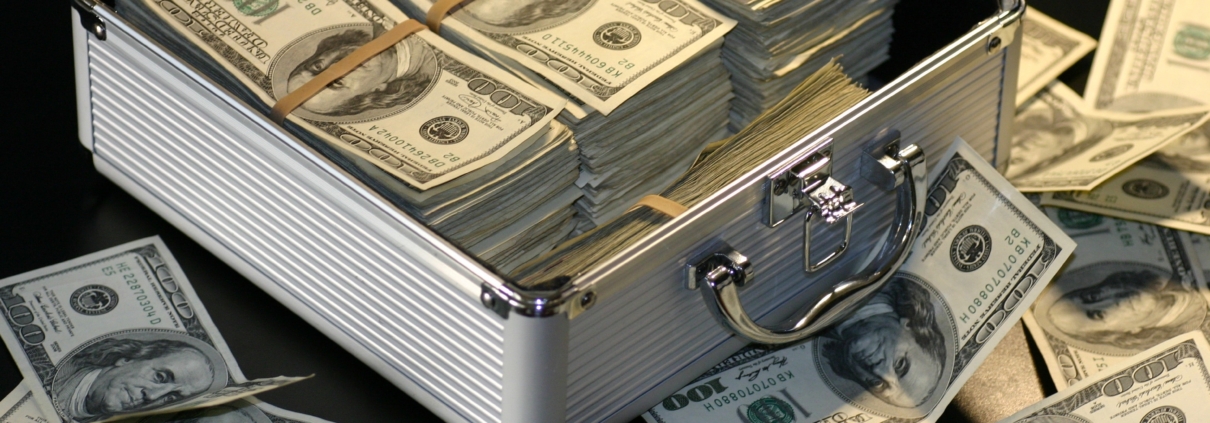A “Simple Agreement for Future Equity” (SAFE) is a common way for startups and other early-stage companies to raise money from investors. A SAFE investment will typically convert into a company’s preferred stock during the next “qualified financing” where the company sells preferred stock to cash investors (e.g., a Series Seed or Series A fundraising round). The number of shares a SAFE holder receives depends on several factors, including a conversion discount (sometimes called a discount rate or discount percentage) (if any), a valuation cap (if any), and whether the valuation cap is “pre-money” or “post-money.” With all these moving pieces, it’s no wonder that a “simple” agreement can be so confusing and complicated.
This blog post explores that distinction between pre-money and post-money SAFEs. This subtle distinction is probably the most confusing part of a SAFE, and it can significantly impact the amount of equity that founders give up by raising capital using SAFEs.
As a preliminary note, pre-money and post-money SAFEs are only fundamentally different if the SAFEs convert using a “valuation cap.” Pre and Post Money SAFEs that convert on a discount are otherwise essentially the same. Both types of SAFEs can include conversion discounts percentages (discount rates), most-favored nation (MFN) provisions, and/or pro-rata rights for investors. The difference is in how you calculate the number of shares that a SAFE holder receives in a conversion event that triggers the valuation cap. If a SAFE converts based on a conversion discount rate, the pre-money/post-money distinction has zero impact on the conversion calculation.
When a SAFE converts based on a valuation cap calculation, we use the “company capitalization” to calculate a price per share, and that price per share informs us how many shares each investment converts into. The price per share is equal to the valuation cap divided by the company capitalization. A company’s capitalization is the measure of its existing ownership and includes things like the current common stock issued to founders, option grants, and potential increases to the option pool. How we calculate the company capitalization is important because it is the denominator in the price per share equation: a larger capitalization means a lower price per share. A lower price per share means an investor receives more shares for their investment.
In a pre-money SAFE, the definition of “company capitalization” excludes the shares issued upon conversion of any SAFEs (and convertible notes). In contrast, with a post-money SAFE, the company capitalization includes the shares issued upon conversion of all the SAFEs (and convertible notes), whether or not other SAFEs are sold before or after an investor purchases their SAFE. The effect here is that pre-money SAFE holders essentially dilute each other, and a pre-money SAFE will often convert into less shares than a post-money SAFE with the same valuation cap.
Here’s an example of how this calculation works. Imagine an investor contributes $1,000,000 to a startup using a SAFE with a $10,000,000 valuation cap. If the SAFE is “post-money”, the investor will receive 10% of the company upon conversion immediately before the Series A investors come in. This is because the price per share used to convert the SAFE is based on a “company capitalization” inclusive of the eventual shares that the SAFE holders (or convertible holders) eventually receive (which involves complex circular formulas in Excel). The result is that the SAFE holder is not be diluted by the conversion of the other SAFEs. Instead, the founders (and other existing stockholders) get diluted more and more to make room for each SAFE holder. Conversely, with a “pre-money” SAFE, we wouldn’t be able to calculate the SAFE holder’s ownership without knowing other details about SAFE contributions and details about the Series A round. The founders and the SAFE holders would all be diluted to make room for all SAFE holders. Regardless of whether it is a pre or post money SAFE, after the SAFE holders receive their shares, the new Series A investors would come in and dilute all stockholders (including the converted SAFE holders); everyone’s shares are diluted in order to give the Series A investors a stake in the company.
Post-money SAFEs are understandably appealing to investors, but they’re often not the best solution for everyone involved in a startup. SAFE investors will enjoy the certainty of a fixed ownership stake prior to Series A investors joining a cap table. But founders may (and should) be wary to sell SAFEs with fixed ownership percentages, because the founders and other existing stockholders will bear additional dilution to account for the conversion of the company’s outstanding SAFEs into shares of stock.
Picture on the top is by Pixabay and is in the public domain.
Headquartered in the Research Triangle region of North Carolina, Fourscore Business Law serves entrepreneurs and businesses in the Triangle, throughout the Southeast and in Silicon Valley / San Francisco. We also represent venture capital funds and other investors who invest in companies throughout the U.S. The idea of delivering maximum impact in a simple and succinct manner is what we’re calling the Fourscore Principle. And that is what Fourscore Business Law is based on. Our clients operate in a broad range of industries including tech, IoT, consumer products, B2B services and more. Questions? Shoot us an email or give us a call at (919) 307-5356. Your first call is on us.




